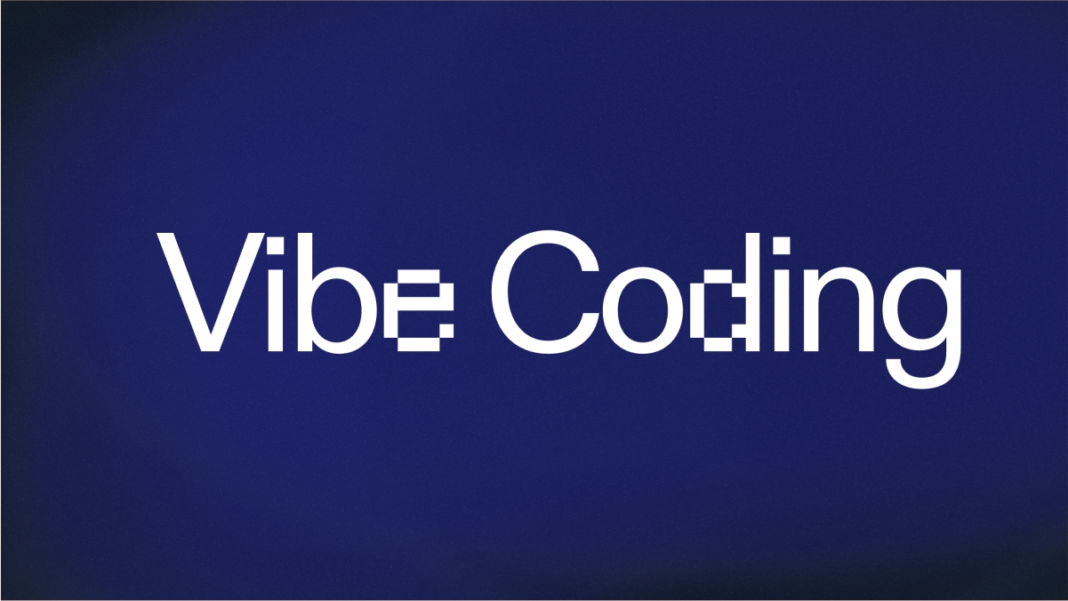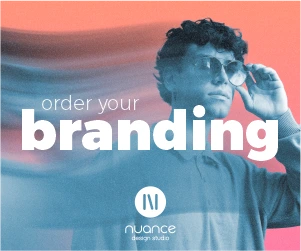In the rapidly evolving landscape of artificial intelligence and software development, a new paradigm is emerging-Vibe Coding. Coined by AI researcher Andrej Karpathy in early 2025, vibe coding represents a shift from traditional, syntax-heavy programming to a more intuitive, emotion-driven, and creative approach. By leveraging powerful AI models and natural language interfaces, developers and creatives alike are now able to “code by vibe,” expressing ideas and emotions that AI translates into executable software.
This article explores the concept of vibe coding, its roots in emotional AI, its impact on creative programming, and its implications for the future of human-computer interaction.
1. The Origins of Vibe Coding: From Syntax to Sentiment
This is emerged as a response to the growing capabilities of large language models (LLMs) like OpenAI’s GPT-5 Codex and Anthropic’s Claude Sonnet 4.5. These models allow developers to communicate with AI assistants using natural language, bypassing the need for line-by-line coding. As Karpathy described it:
“There’s a new kind of coding I call ‘vibe coding,’ where you fully give in to the vibes, embrace exponentials, and forget that the code even exists.” – Andrej Karpathy [The Associ…ress | MSN]
This approach encourages a “code-first, refine-later” mindset, where developers articulate high-level goals and let AI handle the technical implementation. The result is a fluid, creative process that mirrors artistic improvisation more than engineering precision.
2. Emotional AI Meets Creative Programming
At the heart of vibe coding lies emotional AI-technology designed to interpret and respond to human emotions. Emotional AI has traditionally been applied in fields like healthcare, education, and customer service. But now, it’s making its way into programming environments.
According to a 2025 study by Sarkar and Drosos, vibe coding involves “iterative goal satisfaction cycles”, where developers alternate between prompting AI, evaluating generated code, and refining outputs based on emotional and contextual feedback. [arxiv.org]
This emotional feedback loop allows developers to stay in a creative flow state, focusing on design and problem-solving rather than debugging syntax. AI tools like GitHub Copilot Enterprise and Claude Sonnet 4.5 are now capable of autonomously coding for hours, adapting to the developer’s mood, stress levels, and even background music. [www.cogent…ersity.com]
3. Democratizing Development: Vibe Coding for Creatives and Non-Coders
One of the most transformative aspects of vibe coding is its accessibility. No longer confined to those with formal programming education, vibe coding empowers artists, designers, musicians, and entrepreneurs to build digital products using intuitive, emotion-based prompts.
In a 2025 feature by The Creative Connoisseur, vibe coding is described as a “mindset-meets-methodology” that helps creatives unlock flow by syncing their tools, space, and energy with AI. From generating moodboards with Adobe Firefly to composing ambient soundscapes with Endel, vibe coding is reshaping how creators engage with technology. [www.thecre…isseur.com]
Startups like Base44 and Giggles have demonstrated the power of vibe coding by building successful platforms without traditional engineering teams. These companies used AI to prototype, iterate, and launch products based on cultural intuition and emotional resonance. [www.forbes.com]
4. The Science Behind Vibe Coding: Emotional Footprints and AI Trust
The Info-Tech Research Group’s 2025 Emotional Footprint Report highlights how developers emotionally respond to AI coding tools. Solutions like GitHub Copilot and ChatGPT 5 scored high on reliability, transparency, and effectiveness, indicating that trust in AI is growing. [www.softwa…eviews.com]
However, emotional AI is not without challenges. A 2025 interdisciplinary study led by researchers from Fraunhofer IPK, TU Berlin, and Sorbonne Université warns of risks such as emotional manipulation, cultural bias, and over-reliance on AI systems. [arxiv.org]
Despite these concerns, experts remain optimistic. As Fei-Fei Li, co-director of Stanford’s Human-Centered AI Institute, puts it:
“Artificial intelligence is not a substitute for human intelligence; it is a tool to amplify human creativity and ingenuity.” [www.nisum.com]
5. The Future of Vibe Coding: Where Emotion Meets Innovation
The fusion of emotional AI and creative programming is ushering in a new era of immersive, intuitive software development. Vibe coding is already influencing fields like:
- Game Development: AI-generated NPC behavior based on developer emotions [blog.aquartia.in]
- Therapeutic Coding: Stress-reducing environments that adapt to mental well-being
- Conversational Interfaces: Chatbots that adjust tone and style based on user sentiment
- Generative Art and Music: AI models that co-create with musicians and visual artists [devopspal.com]
Institutions like MIT Media Lab’s Affective Computing Group and Harvard Business Review are exploring how emotional AI can enhance learning, creativity, and human connection. [www.media.mit.edu], [www.forbes.com]
People Also Asked: FAQs
What is vibe coding in software development?
It is an AI-assisted programming method where developers use natural language and emotional cues to guide code generation, focusing on creativity and intuition rather than syntax.
How does vibe coding differ from traditional coding?
Unlike traditional coding, which requires detailed syntax and logic, vibe coding allows users to express high-level goals and emotional intent, which AI translates into executable code.
Can non-programmers use vibe coding?
Yes! Vibe coding democratizes development by enabling artists, designers, and entrepreneurs to build apps and digital experiences using intuitive prompts and emotional AI tools.
Is vibe coding reliable for professional software development?
While vibe coding accelerates prototyping and creative ideation, expert oversight is still essential for optimization, security, and scalability.
Conclusion: A New Era of Emotion-Driven Programming
Vibe coding is more than a trend-it’s a transformative shift in how we interact with technology. By blending emotional intelligence with creative programming, it opens doors for innovation, inclusivity, and human-centered design.
As Garry Tan, CEO of Y Combinator, aptly summarizes:
“Startups now use AI to generate up to 95% of their codebase-achieving results that once required teams of 50 to 100 engineers with fewer than ten people.” [www.forbes.com]
The future of coding is not just technical-it’s emotional, intuitive, and deeply human.


